
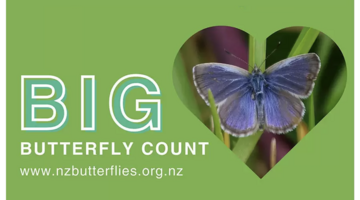
This New Zealand-based citizen science project collects data about butterflies in our gardens, schools, parks and farms – any location in the country or on the outer islands. This annual event – ...
READ MORE

This project involves the pesky Pieris rapae (better known as the white butterfly or white cabbage butterfly), which is very common in Aotearoa New Zealand. It is believed to have originated in ...
READ MORE
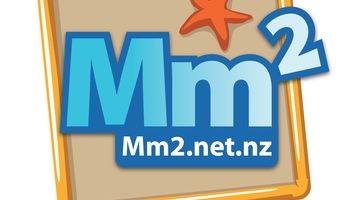
Marine Metre Squared is a New Zealand citizen science project that supports communities to monitor their local seashore. The project has been designed to provide meaningful, valid environmental ...
READ MORE
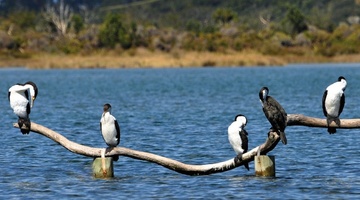
Biodiversity is short for biological diversity. It refers to the number and variety of living things (animals, plants or microorganisms) found within a particular area. There are complex ...
READ MORE
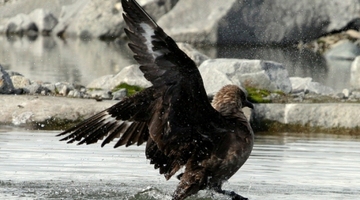
Antarctica is not just a land of ice and snow – it is the coldest, driest climate on earth. When we say the word ‘desert’, we might imagine sand and camels, but in fact a desert is any place that ...
READ MORE
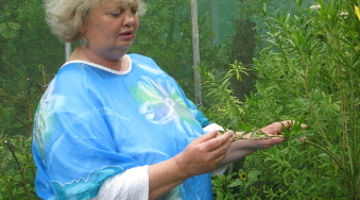
Position: Founding trustee and Trust secretary, Moths and Butterflies of New Zealand Trust Pūrerehua Aotearoa (formerly the Monarch Butterfly New Zealand Trust). Field: Conservation of native ...
READ MORE

Aotearoa New Zealand is rich in animal life – from tiny pepeketua and giant wētāpunga to ngā manu a Tānemahuta and ngā ika a Tangaroa. Some of these animals are unique to particular locations ...
READ MORE

In this activity, students take on the role of migrating birds. By participating in a physically active simulation, they experience the journey from summer breeding grounds to winter feeding ...
READ MORE
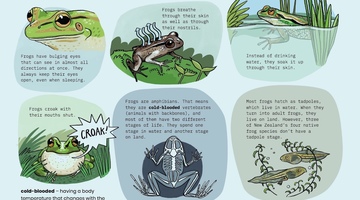
Frogs for the future? is a ready-to-use cross curricular teaching resource. It uses the Ministry of Education’s 2019 Connected article Kimihia Kermit by Philippa Werry. Rights: Crown 2019 Frog ...
READ MORE

This unit plan is designed for students in years 1–5. When someone mentions the word ‘butterfly’, what image pops into your head? Chances are it’s the monarch or the white butterfly, as these are ...
READ MORE

In this online PD session recorded on 30 July 2015, primary school teacher Angela Schipper describes how she used the Butterflies resources from the Science Learning Hub in the classroom. In ...
READ MORE
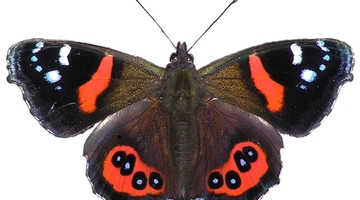
The New Zealand Curriculum has a strong focus on ensuring that all students have the skills and knowledge to participate in public debates and decision-making processes as critical, active ...
READ MORE
Weno Iti, Apanui Skipper and Andrew Swales talk about research they undertook for the toolkit. They describe their collaboration with iwi and their learning from them that resulted in an ...
READ MORE
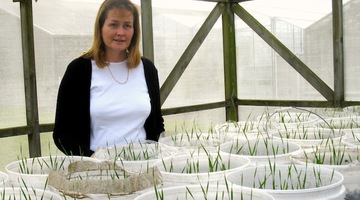
Andrew Swales, Apanui Skipper and Weno Iti discuss their roles in the development of the toolkit. Andrew led the development while Apanui provided the Māori component – helping to identify the ...
READ MORE
In this online PD session recorded on 30 July 2015, primary school teacher Angela Schipper describes how she used Butterflies content from the Science Learning Hub in the classroom. In ...
READ MORE

This interactive groups animals through Māori frameworks based on whakapapa. Click on the labels for information about the animal groupings. Select here to view the full transcript and copyright ...
READ MORE

Exploring moths as ecological indicators of health and connectedness in our natural world. Select here for further information, transcript and copyright.
READ MORE
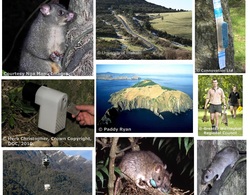
This slideshow allows students to consider some of the pros and cons of various methods of predator control. Use the Slideshow menu for further options, including view full screen, and go here ...
READ MORE